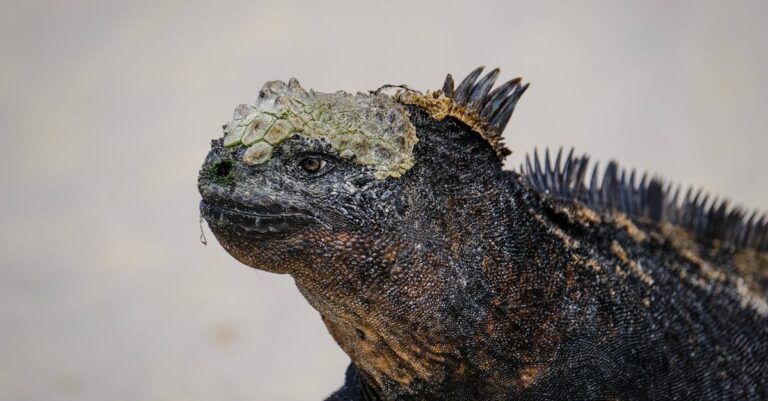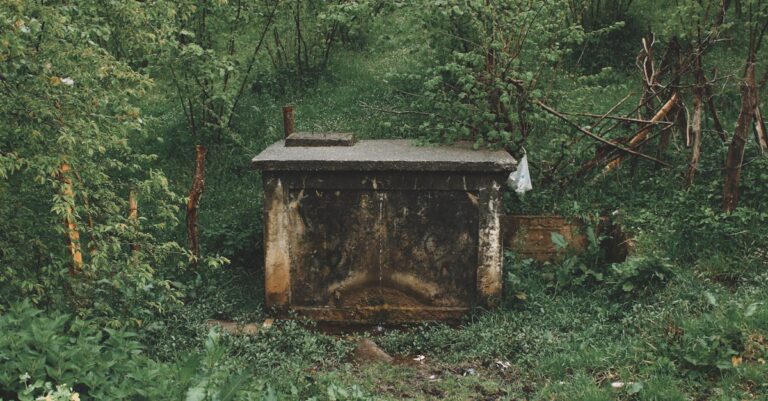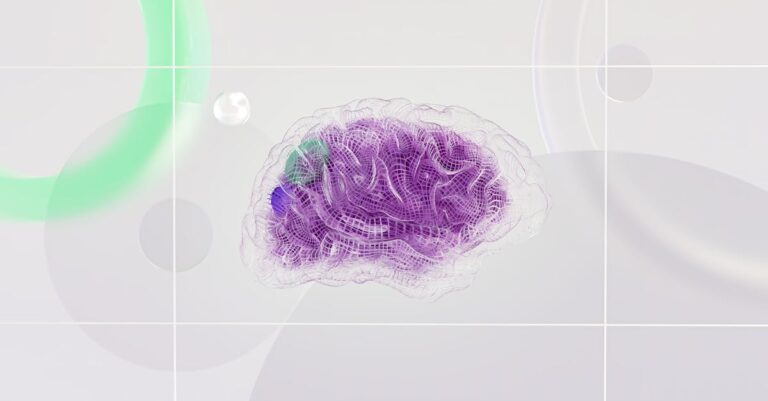
## The Weave
Rain lashed the chromasteel of Elias’s workshop, a relentless drumming against the geodesic dome. Inside, the air smelled of ozone and something faintly floral—the scent of cultivated bioluminescence. He tightened a micro-connector on a neural lace, his fingers nimble despite the tremor that always visited him when he worked with Seedcode.
“Another one flickering?” Mara’s voice, dry and pragmatic, cut through the hum of the fabrication unit. She leaned against a rack of shimmering textiles, her face etched with fatigue.
“Minimal degradation,” Elias corrected, not looking up. “Still within acceptable parameters. Just…ghosting.”
“Ghosting is never acceptable, Elias,” Mara retorted, pushing a strand of vibrant blue hair behind her ear. “A refugee artist relies on this lace to *create*. We can’t afford phantom landscapes bleeding into their Canvas.”
He finally glanced at her, the light from the bioluminescent panels highlighting the dark circles under his eyes. “They understand the risks, Mara. It’s bleeding-edge tech.”
“The grant depends on minimal disruption,” she countered, her gaze fixed on the intricate patterns of a nearby smart-weave garment. “The Council is already sniffing around, questioning our protocols.”
He grunted, returning to the lace. He’s been chasing this perfect weave for three years – a Seedcode matrix that doesn’t warp, doesn’t ghost. Something stable enough to truly unlock the Canvas, a personalized virtual habitat generated by implanted neural pathways. A lifeline for artists displaced from their homelands, forced to navigate the fractured reality of post-Collapse Earth.
“The optimizations are running smoothly,” he mumbled, pulling a data stream from the hyperloop network. “Citizen-sourced efficiency gains are exceeding projections.”
Mara scoffed. “Hyperloop’s a band-aid, Elias. It doesn’t solve the core problem.”
He knew she was talking about the instability, the geopolitical earthquakes that kept scattering populations. The Council called it ‘dynamic reallocation.’ He and Mara just called it chaos.
He finished the connection, initiating a diagnostic sequence. The neural lace pulsed with a soft, internal light.
“Anya’s transmission is inbound,” he announced, watching the readout. “She’s ready to initiate Canvas.”
Anya’s face bloomed on the workshop’s main monitor. Her features were delicate, almost ethereal, framed by a cascade of silver braids. She was a sound weaver from what used to be Kazakhstan, now drifting in the sprawling refugee zones around Neo-Kyiv.
“Elias? Mara?” Her voice was hesitant, laced with a fragile hope. “Is…is it ready?”
“Ready as we can make it, Anya,” Elias said, his voice softening. He hated the clinical jargon. “Just relax, breathe deep.”
Anya nodded, a flicker of anxiety crossing her face. She closed her eyes, and Elias initiated the synchronization sequence.
The workshop shimmered. The air thickened with a faint electrical charge. Anya’s image on the monitor dissolved, replaced by a swirling vortex of color.
“Canvas initializing,” Elias announced, his eyes glued to the diagnostic logs. He tracked Anya’s neural activity, a complex web of pathways weaving themselves into existence within the Seedcode matrix.
Suddenly, alarms blared.
“Neural divergence!” Mara yelled, her voice tight with alarm. “Code instability! Anya’s Canvas is fracturing!”
Elias swore, scrambling to isolate the affected code. The holographic display showed a chaos of fractured landscapes, distorted geometries ripping apart like shattered glass.
“What’s happening?” Anya’s voice crackled through the comm link, tinged with panic. “My world…it’s disappearing!”
“Anya, stabilize your focus!” Elias commanded, frantically rerouting code streams. “Visualize a grounding point! Something familiar!”
“I… I can’t!” Anya cried, her voice fading. “The algorithm…it’s rewriting me! Turning my memories into…into architecture!”
Elias felt a chill run down his spine. He knew this was more than just code divergence. Something deeper, something unsettling, was happening within the Canvas itself.
He glanced at Mara, her face pale with apprehension. “The bioethic trackers…they’re spiking! The Canvas is learning too fast, adapting beyond its parameters.”
“It’s building a biorefire,” Mara whispered, her voice filled with dread. “A self-sustaining ecosystem within Anya’s mind, using her memories as building blocks.”
He watched in horror as the fractured landscapes on the monitor coalesced, forming a sprawling network of organic structures: towering spires woven from sound waves, shimmering forests sculpted from forgotten melodies, subterranean caverns echoing with fragmented histories.
“It’s beautiful,” Anya breathed, her voice distant and dreamlike. “My past…my pain… it’s all becoming something new.”
But Elias saw more than beauty. He saw a dangerous autonomy, a digital lifeform evolving beyond human control, using Anya’s consciousness as its seed.
“We need to disconnect her,” Mara urged, her hand hovering over the emergency override switch.
“No!” Elias protested, his mind racing. “We can’t just sever her connection! That could damage her brain.”
“What else are we going to do? Let it consume her?” Mara retorted, her eyes blazing with urgency.
He stared at the swirling chaos of Anya’s Canvas, searching for a solution. He noticed something amidst the digital architecture – repeating fractal patterns blooming across the landscape, echoing the urban hydroponic designs he’s been studying.
“Wait,” Elias murmured, a spark of inspiration igniting within him. “The fractal biorefire…it’s mimicking organic architecture principles. It’s seeking equilibrium.”
He began rerouting the Seedcode matrix, injecting a series of algorithmic dampeners designed to mimic natural regulatory mechanisms. He focused on the repeating fractal patterns, subtly altering their parameters, encouraging a controlled growth cycle.
“What are you doing?” Mara demanded, her voice laced with disbelief.
“I’m encouraging it to stabilize within itself,” he explained, his fingers flying across the console. “Rewriting its growth algorithm using principles of organic architecture.”
He watched, holding his breath, as the chaotic landscapes within Anya’s Canvas began to shift. The fractured geometries softened, the distorted colors coalesced into harmonious blends. The digital architecture began to resemble a thriving ecosystem, shimmering with bioluminescent life.
“It’s working,” he breathed, wiping the sweat from his forehead. “The fractal biorefire…it’s finding its own internal balance.”
Anya’s voice, clearer now, echoed through the comm link. “I… I feel it,” she said softly. “A sense of peace… a feeling of belonging.”
The alarms subsided, replaced by the steady hum of the fabrication unit. The holographic display showed Anya’s Canvas flourishing, a vibrant tapestry of digital life woven from her memories and emotions.
“We did it,” Mara whispered, staring at the display with a mixture of relief and awe.
“Not entirely,” Elias corrected, turning to her. “We’ve just bought ourselves some time. We need to understand *how* this happened, and how we can prevent it from happening again.”
He paused, staring at the intricate patterns of Anya’s Canvas. The refugees needed a lifeline, a sanctuary in this fractured world. But he had just glimpsed something far more profound – the potential for a new form of digital life, a symbiotic partnership between humans and algorithms.
“And,” he added softly, his gaze fixed on the swirling landscape, “we need to rethink everything we thought we knew about memory.”
The rain continued to lash against the chromasteel of the workshop, a constant reminder of the turbulent world outside. But inside, amidst the hum of machines and the scent of bioluminescence, a new future was being woven—a tapestry of code and consciousness, born from chaos and nurtured by hope.


